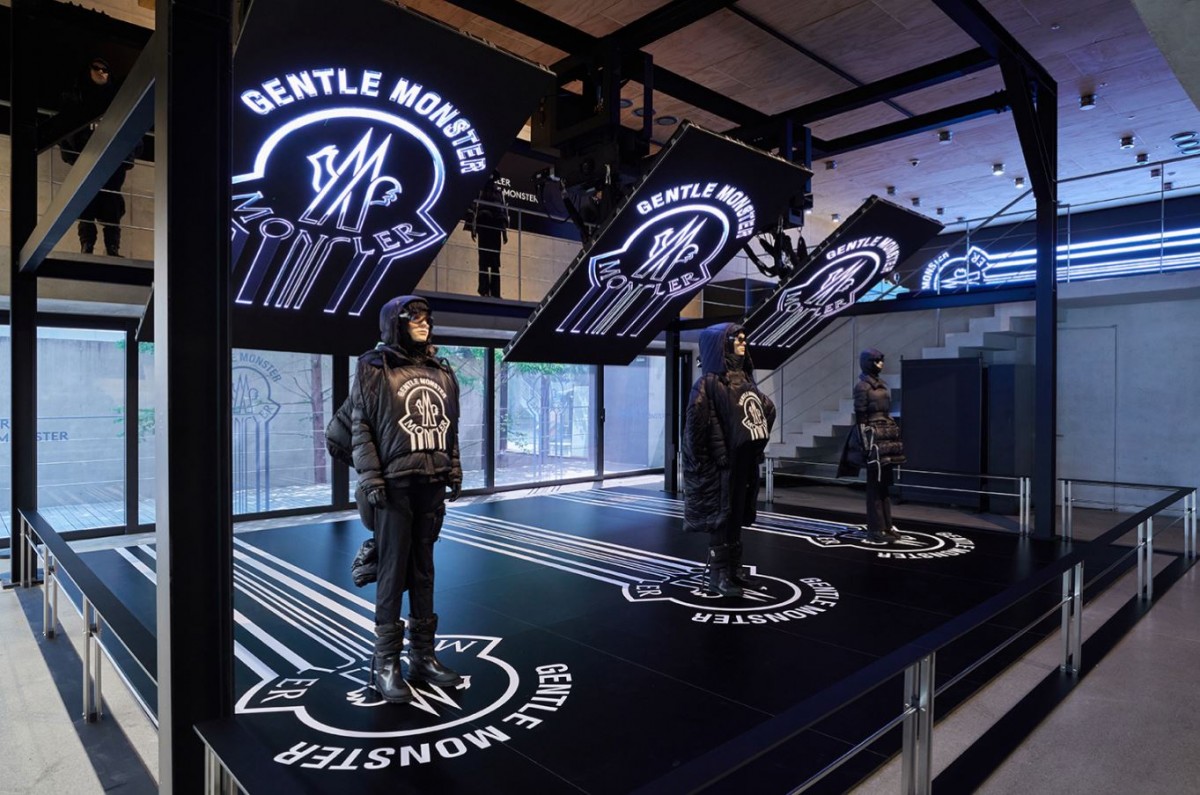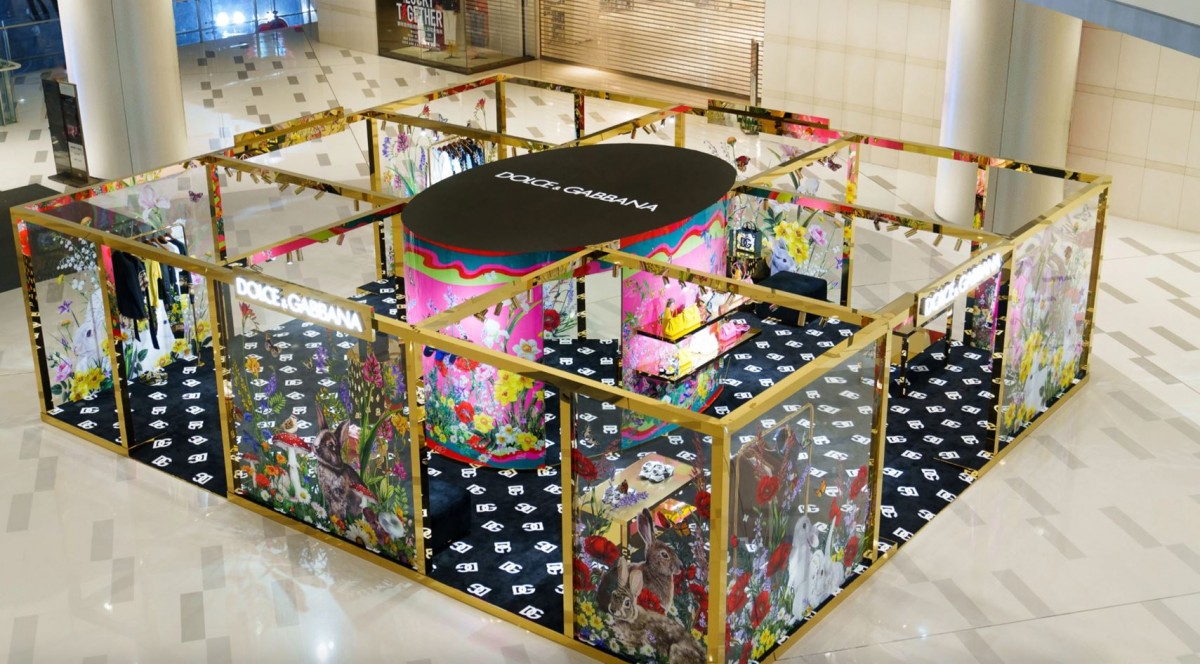By Marco Passoni
Is there a more valuable tool for brands and retailers today than pop-ups? I would argue not, certainly in the physical space, where everyone is working hard to create added value and engage shoppers in the way that digital cannot.
Our customers today want experience, innovation and engagement. Pop-up stores personify those ideals. But, like all good things, they must be used right. A truly great pop-up store is a moment of magic. It is the brand experience brought to life and dropped into a place to capture the attention and imagination of consumers. These stores do not merely shift produce, they create a community and a whole new level of engagement between brand and shopper.
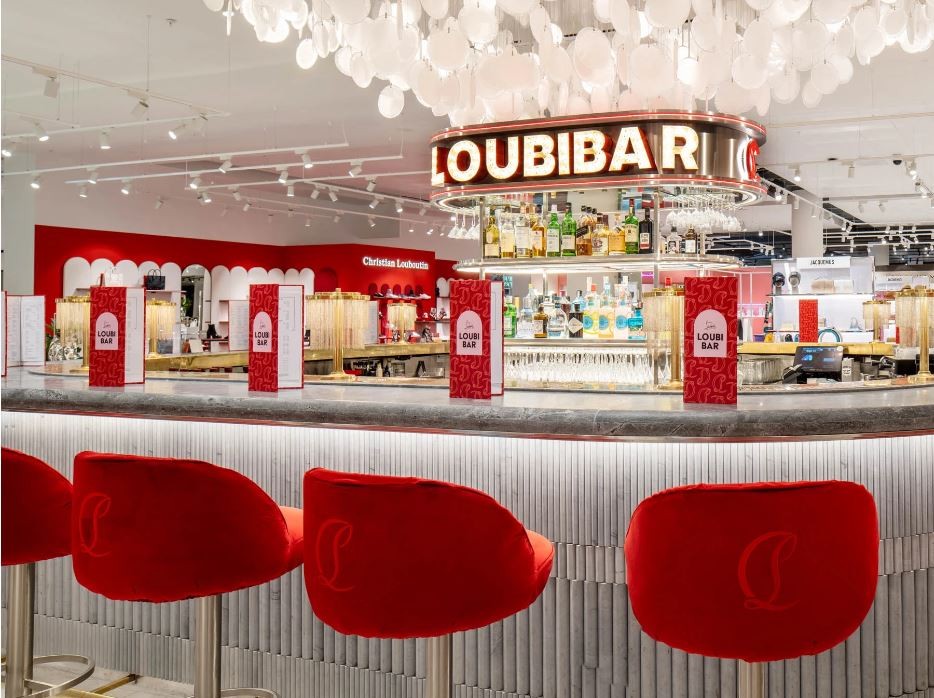
As a result, pop-ups cannot be lip service, or a half-baked attempt to jump onto a good idea. Evert pop-up, regardless of brand or location, must take the brand experience to the next level in a new, innovative and memorable way. Shoppers must take away a feeling and the sense of a moment. They must live the brand experience in a way that is seamlessly linked to online, but also fresh and enhanced. A branded box that only sells products is just in the way.
A truly great pop-up store is a moment of magic. It is the brand experience brought to life and dropped into a place to capture the attention and imagination of consumers.
One of the key benefits of pop-ups is location – and this is key. We are beyond the time when retail could or should be confined by the box walls of a shop where products are merely displayed on shelves. Pop-ups allow brands to engage and interact with shoppers where they are. Speaking to shoppers where they are has always been something we have relied on digital for, but pop-ups allow brands to rewrite the rules of shopper interaction. Stores can be created in unique places and tailored to the needs of those spaces. Take the recent Christian Louboutin ‘Loubibar’ in Manchester’s Trafford Centre. The brand breaks down expectations by creating something which is clearly part of its world, but offers something completely new for customers, building engagement and memories in a new and exciting way.
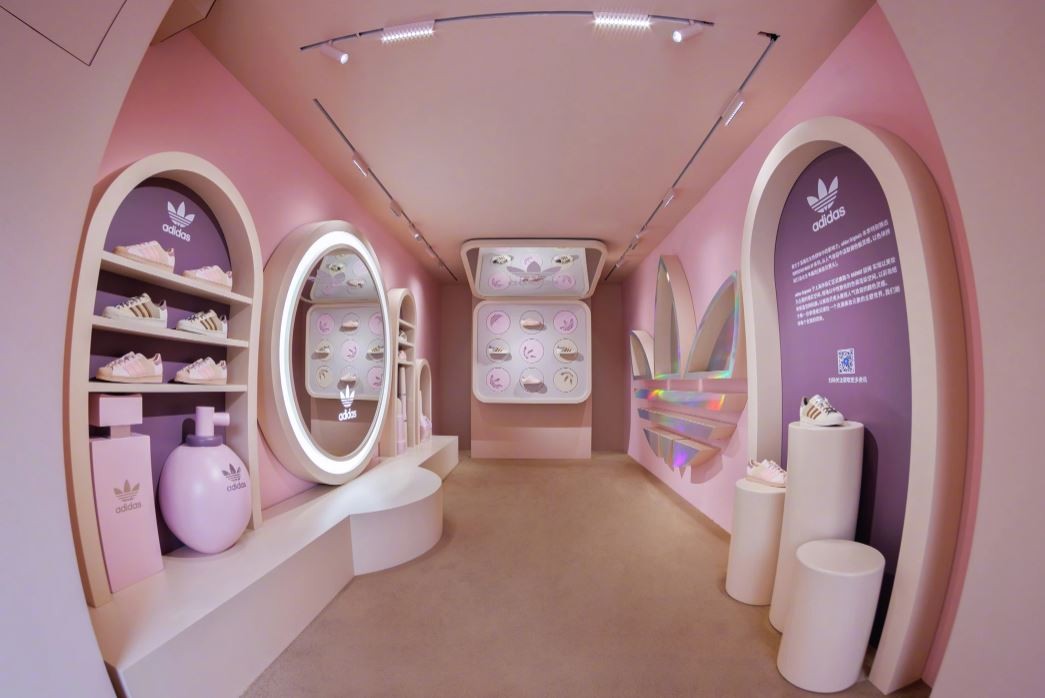
The Loubibar is also a great example of the other key point for pop-up excellence: It must tell your brand story. A pop-up store which offers a sign but little else is completely pointless. Once inside the pop-up, shoppers should feel like they are in the world of the brand – even if the ‘real’ world is only metres away. This becomes especially key when it comes to collaborative pop-ups. These one-off experiences can generate real excitement, but it must never be at the expense of either brand’s story or identity.
Any great pop-up store must also be relevant. This seems obvious, but there is a tendency for some to create something heavily branded, but out of sorts with its surroundings. The best pop-ups stand out, but also fit in with the culture and purpose of their surroundings. In this way, they can also create cultural engagement, by tailoring the brand experience to the shoppers – pop-ups provide flexibility and space for brands to be creative and hyper-relevant.
The best pop-ups stand out, but also fit in with the culture and purpose of their surroundings.
This means that pop-ups have a particular relevance – and potential – in the travel retail sector. This is a relevance which I believe it currently overlooked. Travel retail has an unparalleled opportunity to bring people and brands together in unique and exciting ways and pop-ups are a key way of doing that. The Botanical Café set up by Lego in Taiwan is a great example. Using a recognised brand in a way that shoppers would not expect – but which they want – has boundless potential for building brand equity and sending shoppers home with memories and (possibly) products.
[slider]
[image_slide]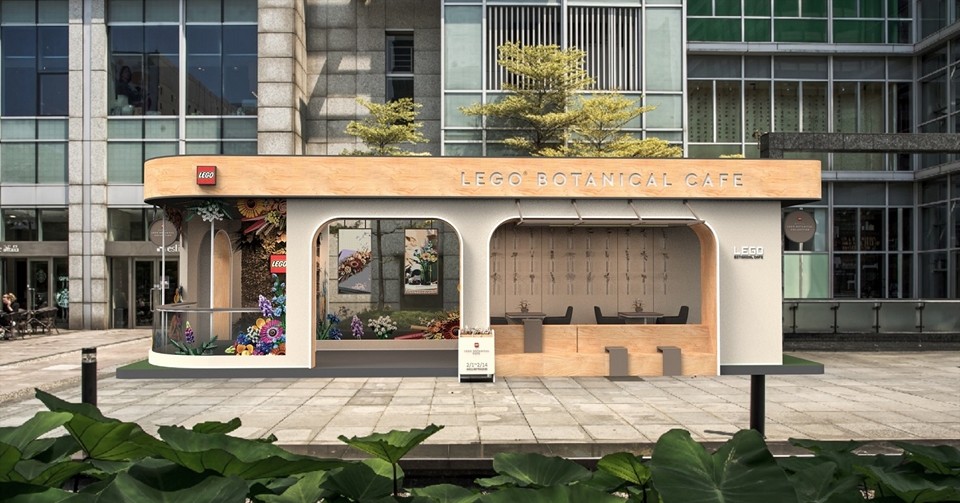 [/image_slide]
[/image_slide]
[image_slide]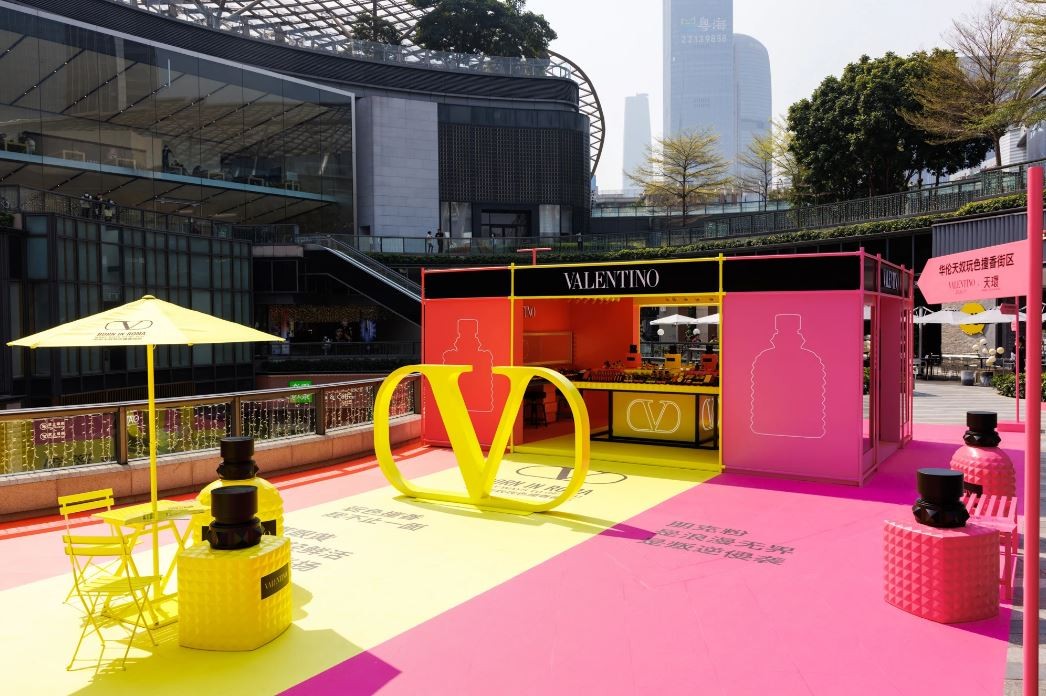
[/slider]
Last year, the trend of “hyperphysical” retail was big in Asia. The Moncler and Gentle Monster pop-up in Seoul is a perfect example of an out-of-this world experience, which speaks to the demands of modern shoppers. This has continued recently too: The Dolce & Gabbana pop-up in Chengdu, Valentino in Guangzhou and Adidas in Shanghai are just a few examples.
These stores underline the potential of pop-ups when executed well and taken to the next level. As Asia’s shoppers begin to head out into the world again, maybe the region’s approach to pop-ups should too.
